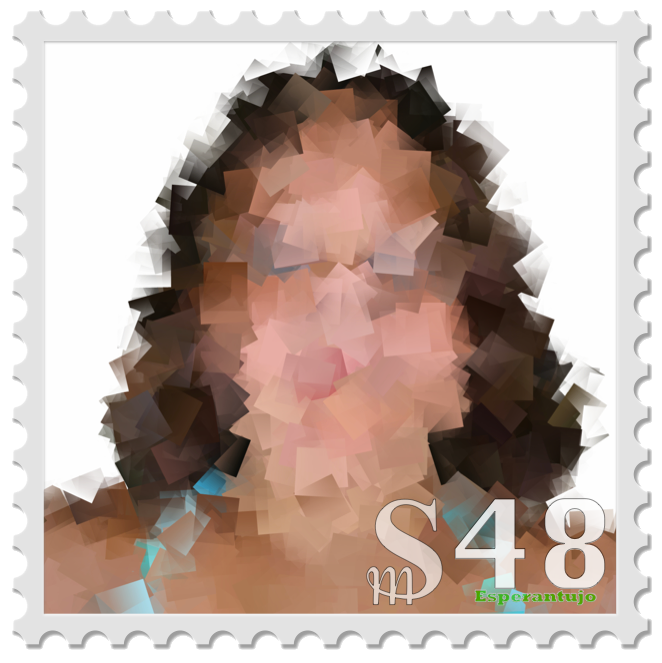
I remember after I’d been writing fiction for a while, my son asked, “Why don’t you have any female characters?” I was flummoxed.
“But what about Mary?”
“She’s a yōkai — that doesn’t count.”
“But what about… Aless?”
“Who?”
“Aless — in It’s Not Just Black or White?”
“She dies on page 9.”
“Oh. Um…”
I had to admit that he was right. I really didn’t have any female characters.
As I wrote my debut work, Revin’s Heart, I added several female characters, but I realized that it still didn’t really pass the Bechdel test. Given that the story is a young man’s adventure story (though with a transgender protagonist) that’s not too surprising. But I wanted to do better. So for one of the side-stories, I decided to tell the story of the protagonist’s transition. And this included a number of strong female characters and a trans woman.
I’ve now written a number of pieces of short fiction (not all of them published) that have female protagonists. One unpublished manuscript is about an elderly witch that helps a female friend move. I’m not sure whether Better Angels or my weird little story, Always a Destroyer (in Romancing the Rainbow) really count, because although they have female protagonists, they are not really human.
Most recently, however, I’ve finished Lady Cecelia’s Journey, a sapphic romantasy road story. It’s told from the point of view of a somewhat naive aristocratic girl who, on the one hand, grew up very sheltered. But she also had many privileges and experiences that her girlfriend, a commoner, never got to have. Playing these contrasts off one another is part of the charm of the story for me. It’s a story I feel I can tell as I grew up in a well-educated, upper-middle-class family that moved to the countryside when I was in third grade, where many of my friends were members of the rural poor.
I’ve tried to craft three-dimensional characters for both of my protagonists. They each have a meaningful backstory that is not merely some dark tragedy. They each have goals and objectives in life that are not centered only around men. Or romance. They each have unique strengths and weaknesses. They each have a distinctive appearance, but they are not just their bodies. Or their clothes. And both grow and develop over the course of the story.
To be honest, I see many aspects of myself in both of them.
Men are frequently accused of writing female characters very poorly. The line that sticks in my head was the one attributed to Mary Robinette Kowal: “She breasted boobily down the stairs.” I think men who do this don’t see women as fully complete human beings: they can only see them through their own mental filter as an object. I hope ― and believe ― that I have done better.
But I guess I’ll just have to wait to see what people say.